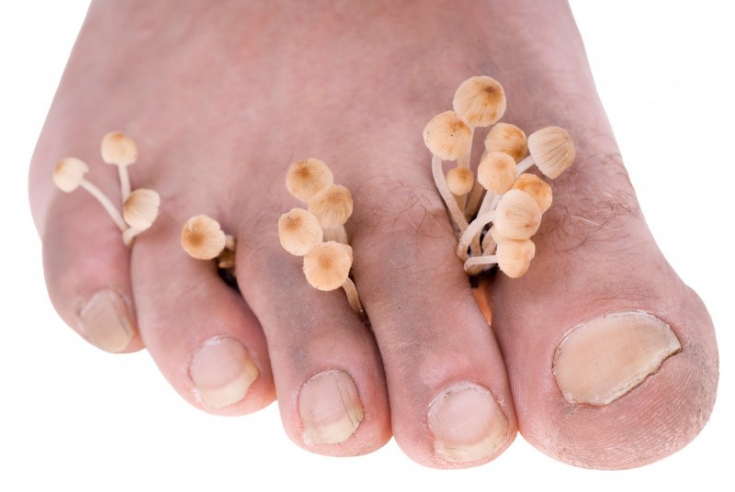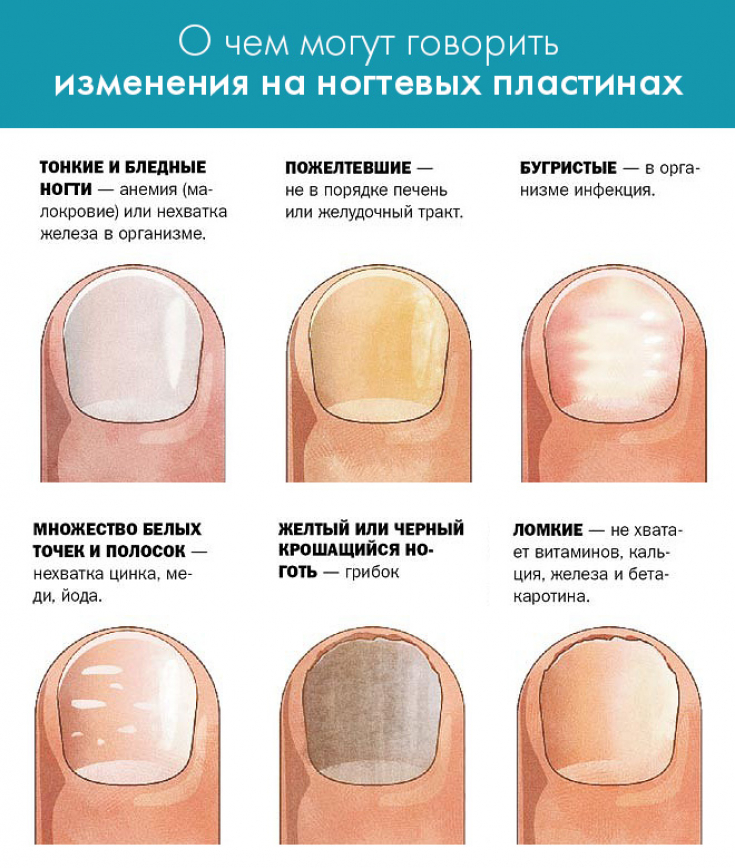The undisputed leaders in terms of frequency of occurrence and global spread among other infectious skin diseases are fungal diseases. In the general structure of skin diseases, skin mycoses range from 35 to 70%.
The problems of fungal diseases become especially urgent in summer, when due to increased sweating, increased contact through household items and because of walking barefoot in recreation areas, the risk of infection with various pathogens, including fungi, increases significantly.
What fungi provoke skin mycosis?
Read more about mycosis of the skin of the feet and inguinal folds on estet-portal.com.
- What fungi provoke the development of skin mycosis
- Clinical manifestations of mycosis of the skin of the feet
- Features of the course of skin mycosis in groin folds What fungi provoke the development of skin mycosis

Follow us on
Instagram! Anthropophilic dermatophytes cause skin mycosis only in humans. It is believed that they adapted to parasitize his skin during the evolution of geophilic and zoophilic fungi. Unlike mycoses of the skin caused by zoophilic fungi, anthropophiles are characterized not by a sporadic, but by an epidemic way of spreading the infection.
Common forms of skin mycosis:
•
foot fungus; • mycosis of the skin
groin folds. Clinical manifestations of mycosis of the skin of the feet
Lesions in anthropophilic infection are characterized by a mild inflammatory reaction and are localized, as a rule, in closed areas of the body (legs, inguinal folds), although a more widespread nature of the lesion is not excluded.

Clinically, mycosis of the skin of the foot mainly affects the interdigital folds of the feet, especially the lateral ones, but the reservoirs of the fungus can also be found in other places, in particular, on the soles.
It has been established that the normal microflora of the interdigital folds of the feet is represented by staphylococci, anaerobic corynebacteria and a small number of gram-negative microorganisms. This microbial landscape is preserved even in the case of flaking in the folds, but in 85% of patients, fungi are found in the folds
. Features of the course of skin mycosis in the inguinal folds
The disease is often observed in the inguinal folds in men, which is facilitated by increased sweating of the folds and scrotum, due to lifestyle and work, physical activity, as well as frequent trauma due to wearing tight underwear. In addition, men are more likely to suffer from fungal infections of other parts of the body (especially the feet).

Usually, such mycosis of the skin goes beyond the inguinal folds, spreading to the inner thighs, perineum, perianal region and intergluteal fold; possible isolated lesions of these areas. After wearing tight clothing, acute inflammation can develop. As a result of autoinoculation or primary infection, axillary cavities, folds under the mammary glands in women, elbows and popliteal fossae, as well as any area of the skin, including the
scalp.
Clinical manifestations of mycosis of the skin of the inguinal folds.
The initial manifestations of mycosis of the skin of the inguinal folds are represented by small, slightly edematous pink spots with a smooth surface, rounded outlines and sharp borders.
As a result of increasing in size and merging with each other, they form a continuous focus with scalloped contours, prone to peripheral growth. The marginal zone of the focus, covered with vesicles, pustules, erosions, scales and crusts, in the form of a continuous roller, clearly protrudes above its center and surrounding skin.
Subjectively – itching is noted, from moderate to severe and even painful. Over time, inflammation in the foci of mycosis of the skin of the inguinal folds fades away (peeling appears, brownish tones begin to predominate in their color) or is resolved if the moist environment is eliminated. Chronic mycosis of the skin of large folds can be complicated by lichenification, simulating limited neurodermatitis.
Aspects of differential diagnosis and treatment of skin mycosis
Although the most common etiological factors leading to the development of mycosis of the skin of large folds are pathogenic and opportunistic fungi, a differential diagnosis should be made with diaper rash (intertrigo, intertriginous dermatitis) caused by friction of contacting skin surfaces – the most common variant of dermatitis from mechanical influences.
In the treatment of skin fold lesions accompanied by acute inflammatory phenomena of fungal, bacterial and fungal etiology, the dosage form of topical preparations is extremely important.
This is due to the fact that the fatty components included in the formulation of the most commonly used dosage forms (ointments and creams) can contribute to the development of the so-called "greenhouse effect", provoking increased exudation and further spread of the infectious process on the skin. This provokes further development of skin mycosis.
Neurodermatitis: first signs, treatment and prognosis








Add a comment